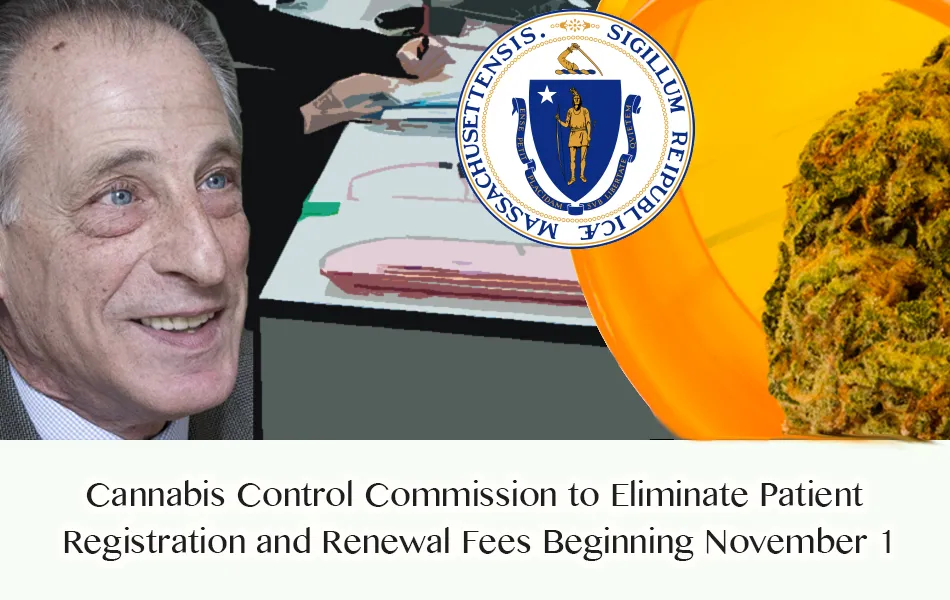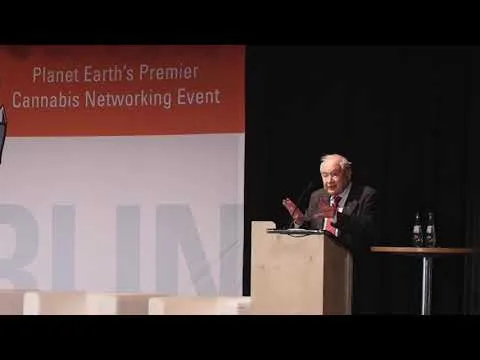Friday July 17 2020

click here for youtube link
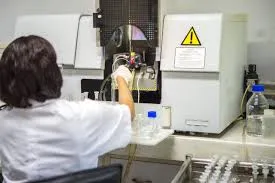
Regulating Heavy Metals in Cannabis: What Can be Learned from the Pharmaceutical Industry? part 3
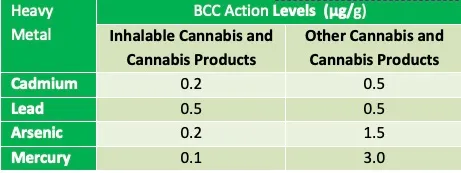
The first installment of the series gave an overview of why testing cannabis and hemp for heavy metal contaminants is so important and how the pharmaceutical industry can play a critical role in preparing the cannabis industry for federal oversight
Part two focused on how growers and cultivators need to be actively investigating all the potential sources of elemental contamination before they can even hope to minimize them. Part three will examine how the manufacturing process can contribute to the problem.
It is well-accepted that cannabis and hemp will absorb heavy metals from the growing medium, soil, nutrients, and fertilizers. However, at present, there is less understanding of what heavy metals contaminants are carried over into the pure cannabinoid extracts from the various purification steps, including preparation, extraction, evaporation, concentration and distillation. It makes sense that there is some degree of transfer from the plant to the extract, but how do the extraction processes and the solvent properties have an impact on the amount carried over?
Extraction is necessary to purify and concentrate the essential cannabinoid compounds from the plant while also removing the undesired contaminants. These compounds are mainly contained in the female flower’s trichomes, small glandular hairs protruding from the surface of the plant, which secrete a sticky resin from the cells at the end of the trichome, containing most of the cannabinoids and terpenoids of interest.
There are, however, significant amounts of tetrahydrocannabinolic acid (THCA), and cannabidiolic acid (CBDA).
when cannabis is harvested, it contains practically no THC and CBD.
Alcohol extraction is one of the most efficient extraction methods for processing large batches of cannabis flower, and can be done in hot, cold, or room temperature conditions. Typically carried out using hot ethanol (or propanol), extraction is generally accomplished using the Soxhlet extraction technique, which cycles the hot solvent through the solid cannabis flower, stripping the cannabinoids and terpenes from the flower in the process.
This improved extraction comes as a result of the low boiling point of the hydrocarbon, (butane, -0.5°C) at standard pressure. After cold butane solvent has washed over the cannabis plant material and extracted its oils, the solvent can be easily cold-boiled off to leave oil which is more representative of the entire plant as more of the temperature-sensitive terpenes will be retained.
The major downside of CO2 extraction is the high initial equipment cost which can be prohibitive for start-ups or small businesses. However, unlike ethanol or butane, CO2 is a very flexible and tunable solvent, which can pull unique compounds from botanicals using different pressures and temperatures. In addition, CO2 is far safer than the flammable hydrocarbon methods. It is also worth noting that butane extraction often results in a more concentrated product, which can be detrimental if the cannabis material contains toxins or contaminants from the cultivation process.
As mentioned in part one and part two
Part two of the series looked at how cannabis plants take up heavy metals through their roots from the growing medium, where it’s eventually stored in the shoots, leaves, and flowers. Khan and coworkers wrote a very informative paper on tracing the movement of heavy metals from the soil into the cannabis plant and investigating which part of the plant they eventually ended up in7. Let’s just recap how this mechanism takes place.
The transport of minerals from the growing medium into the cannabis root is an active process that is energy dependent. We know that the concentration of essential minerals in root tissue is significantly higher than the surrounding soil, making this concentration difference unfavorable for passive transport. By pumping protons out of the root cells, the positive charge of the soil increases creating a gradient that drives desirable cations into the plant cells. Unfortunately, these transport channels don’t exclude chemically similar ions making them a possible entry point for heavy metals in the soil.
it can be fair to assume that the trichomes of the female cannabis flower, which are home to 100+ cannabinoid compounds, also contain many heavy metal contaminants derived from the growing process.
I thought there might be a comparison between heavy metal levels in cannabis flowers and the resulting extracted concentrate, but unfortunately, my research was not fruitful. For that reason, I suspect there has been no such study carried out and processors have not fully investigated the problem. It appears that everything is geared towards maximum potency yield and they just hope that most of the heavy metals are left behind in the extraction/distillation process and are not being co-extracted/co-distilled with the cannabinoid.
of this series of articles, cannabis plants are avid accumulators of heavy metal contaminants in the growing medium, soil, fertilizer and other environmental pathways, which can end up being concentrated in the final extract. This can be significantly compounded if further preparation, distillation, evaporation, or concentration steps are required, using metal processing equipment and storage containers, which are potential additional sources of contamination. For this reason, extraction and processing techniques must be supported by rigorous scientific testing from the very start of the production cycle. This means that the best prac Save & Exit tices in cannabis extraction often start at the growing stage.
Israel: Cannabis Powerhouse
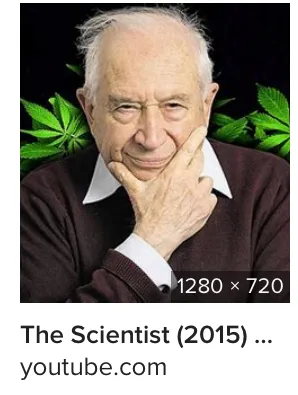
Israel is among the world’s leaders in the medical and non-medical cannabis research and development (R&D). Israeli scientists made breakthrough discoveries in the mid-twentieth century, paving the way for the country being one of the early adopters of a medical cannabis program. Now, Israel is gearing up to legalize recreational cannabis and export cannabis across the globe and become one of the leading nations in the global cannabis trade. In this post, I briefly examine the history of cannabis in Israel and what the future may hold for the country.https://harrisbricken.com/cannalawblog/israel-cannabis-powerhouse/
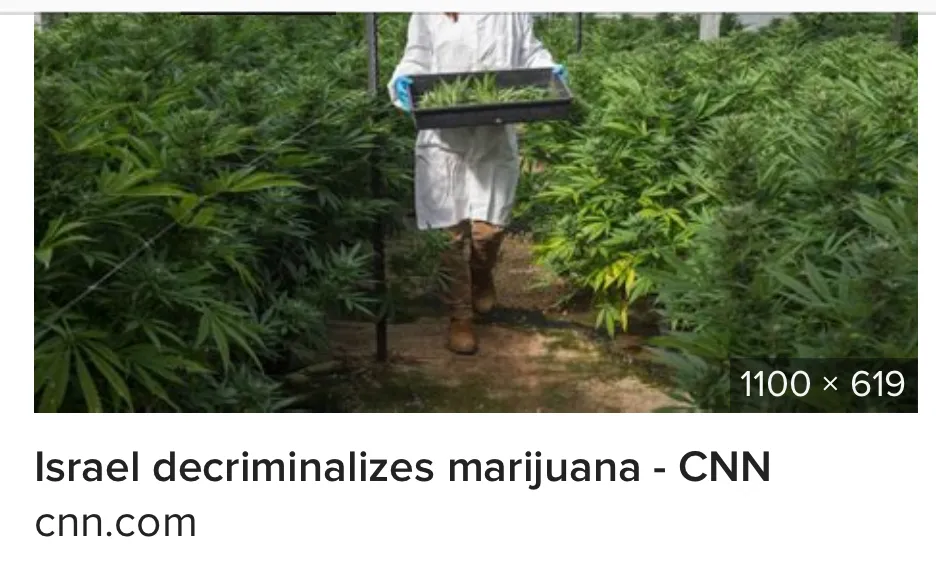

Dr Raphael Mechoulam and his revolutionary cannabis research
https://www.healtheuropa.eu/dr-raphael-mechoulam-revolutionary-cannabis-research/93049/
Explaining his history in studying cannabis Mechoulam opened the keynote recounting that; “In ancient Syria they used cannabis for essentially all the things that people use cannabis for today. Cannabis was then used over the next couple of thousand years, even Dr Russell Reynolds who was the physician of Queen Victoria in England used to import it from India (European cannabis was not good enough for him) because she suffered from migraines. He didn’t write that in a paper, but it was obvious who it was for because she was the only patient that he had.”
Famed for his observation of the ‘entourage effect’ Mechoulam explained “Another effect that has gained interest is the entourage effect. We originally discovered this and subsequently it has been confirmed by many people that some of the effects of THC and of cannabinoids – in quite a few cannabinoids – are potentiated by compounds which by themselves had no activity, yet they potentiate the activity of THC.
“The natural products are their acids. The plant makes THC acid and cannabidiol acid – these are the compounds that the plant makes and although we described and synthesised them years ago, we never tested them for a simple reason; these compounds are not stable. The acids break down very easily and so there hasn’t been a lot of work on them contrary to cannabidiol, if somebody does research on them who knows what they are doing the research on? Is it on the acid or something that the acid has broken down? Very few people were interested in the acids, there are a few papers but not many.
Mechoulam went on to discuss the phases of medicinal cannabis research: “I would like to separate the research into 3 phases. The first phase is phytochemistry. This refers mainly to the chemistry of the plant; most people currently involved in cannabis are involved in phytocannabinoid research on the materials and compounds that the plant produces. These are things which we learned, described and tried to investigate with our research about 30 years ago, but since then many things have been happening. Secondly endocannabinoid research, namely research on the compounds of the cannabinoids that we make. This was completed about 10 years ago, and since then, we have gone into the third phase of cannabinoid research and that is on the compounds that are more or less the same as the compounds we produce, but they have different effects.
“We thought in the lab that maybe the acids are important by themselves, so we were able to stabilise them with simple a chemical reaction. We could then analyse and identify the activity of these compounds, and so we have been working on cannabidiol acid. It turns out that cannabidiol acid in the studies we have undertaken so far is more potent than cannabidiol itself. The chances are that slowly and to a certain extent, cannabidiol acid will prove to be parallel to cannabidiol oil in its activity because in many aspects, it’s much more active. For example, we have already published that this cannabidiol acid, which is more stable, reduces depression like behaviour in two models of animal depression.
“We have published that THC is also important in post-trauma. In order to lower the effects of post-trauma, we went ahead and did a clinical trial and found that low amounts of THC which do not cause a high, may help these patients. We had a group of 12 patients; a few soldiers, a few from car accidents etc. and we found that in essentially all the effects of post trauma, THC helped. The effects didn’t disappear, but they became easier to live with.
“Sometimes in cancer patients the bone marrow has to be replaced but when this is done the body may attack it. The bone marrow itself may attack the body and the patient suffers, sometimes very much. This is essentially an autoimmune reaction, so a colleague of mine Dr Yeshurun started to give pure cannabidiol to patients with GvHD and he was very pleased to note that in most of the patients who had relatively mild disease (grades 2-4) 40% previously had GvHD, but when they were taking cannabidiol this went down to 12%. Those with severe GvFD which was previously 10% and a few even died, went down to about 5%.
Moving forward, Mechoulam went on to discuss cannabidiol in epilepsy and the delay in his ground-breaking research being acted upon. “I will start with epilepsy because it has been proven. In a paper we published in 1980, in collaboration with colleagues and friends in South America, we found in animals, as was previously noted in the literature for 2000 years that cannabis works in epilepsy.
“Many schizophrenic patients don’t want to take their medication because of the side effects. The chances are that cannabidiol may be able to replace these drugs but unfortunately the amount of cannabidiol required is very high at about 800mg per day. Just maybe with the new drug developments such as methyl ester, we could get this down to much lower does. The chances are that cannabidiol will be approved as a drug for schizophrenia – I’m not sure that it is approved in any country at the moment but in Israel it is being discussed in a meeting with the heads of the Ministry of Health and I will be arguing the case for using cannabidiol as a schizophrenic drug.”
Reflecting on cannabis research
To close, Mechoulam addressed cannabis research: “it is obvious that cannabidiol acts on something in the body specifically, which may be a receptor. Therefore, a US group found a receptor protein in the body, and CBD binds to it and starts all the reactions. We don’t have receptors because there is a plant out there – we have receptors because we naturally produce compounds that will stimulate these receptors.
“One thing that has been found quite recently in South America, is that CB1 receptors are not only known to lower anxiety, but quite a few of the drugs we use today and we are not sure of their activity, or we have wrongly assigned some of their activity, is due to the cannabinoid system. For example, Xanax (Alprazolam) which is a well known and widely used anti-anxiety drug – actually works through the cannabinoid receptors.
